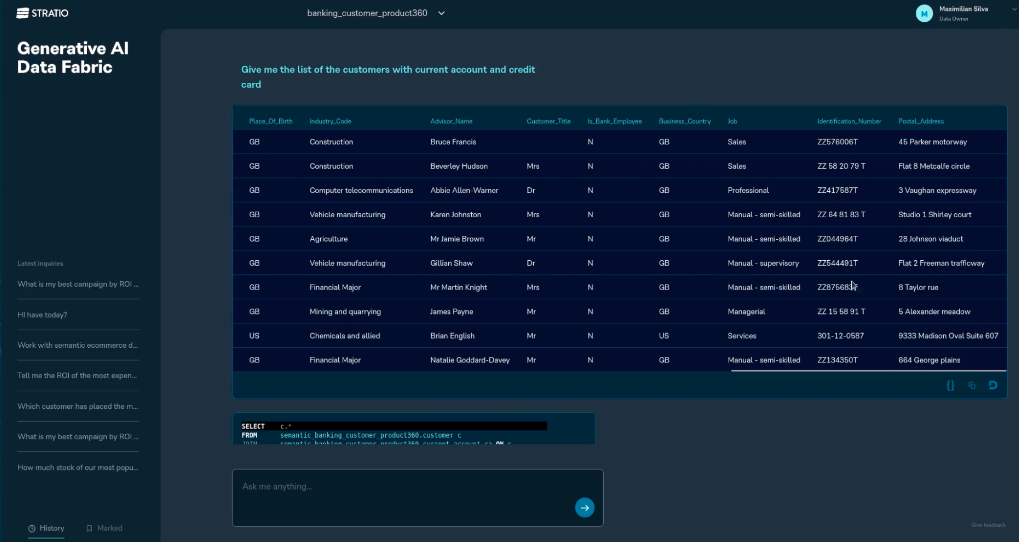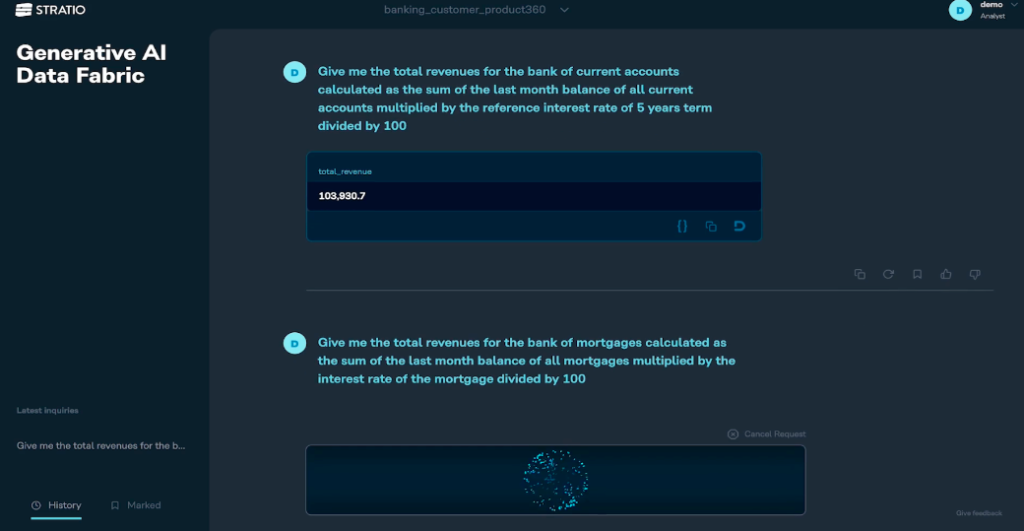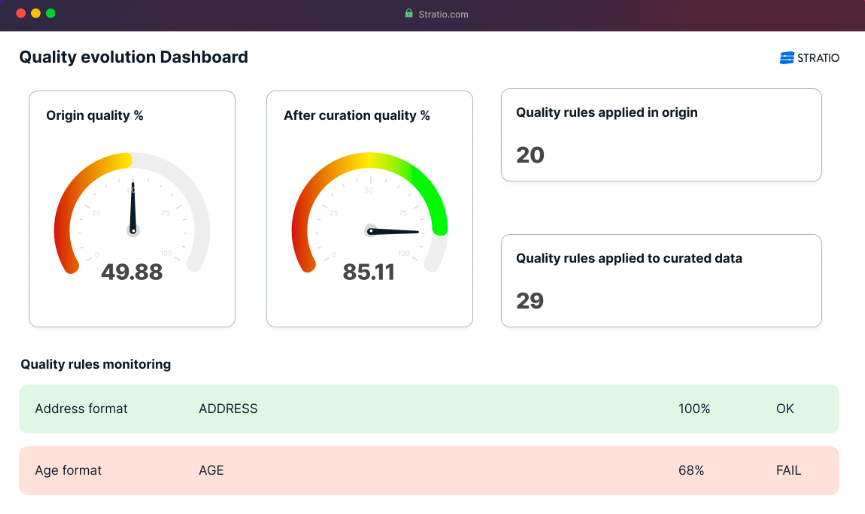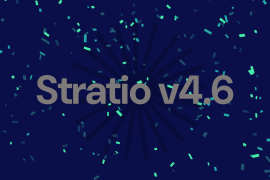Introduction
Companies must switch to automation to reduce operating costs. This is imperative for their survival and thriving in an increasingly competitive market.
Unfortunately, there are a number of logistical hurdles which have made realizing this goal difficult for enterprises. According to new research by the accountancy and business firm BDO, supply chain issues, rising energy costs, and record levels of inflation are now affecting 58% of all enterprises.
Meanwhile, a survey by Nucleus reports that 72% of business owners are concerned that the current cost of living crisis is going to affect their company in some way. 23% of leaders even predict that their business may not survive the financial year without drastic changes.
As a result, business leaders have been forced to take measures. Some are maintaining or increasing their workload with a reduced workforce. Others are expanding their offerings, or providing cheaper products and services to capture new customers.
Looking for new ways to do more with less is a laudable business goal, if it’s pursued the right way. But going about it the wrong way, with a focus on austerity measures can prove detrimental in the long run. Tightening belts and budgets can restrict business growth and development, impacting long-term revenue and enterprise goals.
The best approach is for a company to instead invest in innovations and technologies. By doing so, companies can automate a share of their workload, and eliminate operational inefficiencies, all of which can help them to drive down on costs.
One solution that can help businesses achieve both of these objectives is Generative AI. However, we know that enterprises can’t securely implement generative AI without a data fabric architecture. We’ll need to explore both these technologies to understand how they work.
What is a Generative AI Data Fabric?
Generative AI Data Fabric is a product from Stratio BD which enables enterprises to benefit from generative AI in a secure, accurate and automatic way. Offering all the advantages of generative AI currently enjoyed by individuals, this technology can also benefit the enterprises, provided that it is used on the company-wide level (not limited to a specific application).
When Generative AI is powered by (or is underpinned by) Stratio Data Fabric — which discovers all the data enterprises have — it gives business’s meaning and required quality, and enables users to ask any business question and get an instant answer. Moreover, it also allows the technical teams to be more productive: checking or writing code, running QA, generating reports, and security alerts.
A data fabric is data architecture powered by AI and machine learning. It offers consistent data capabilities across various environments, including on-prem, cloud and multi-cloud. Data fabric automatically creates virtualized copies of business data from legacy systems, data lakes, data warehouses, SQL databases, and applications, providing a comprehensive view of crucial information while eliminating duplicate or redundant data, and leaving original data sources intact.
The data fabric also provides further analysis in the form of business ontologies and knowledge graphs. This allows companies to give business meaning to technical data and define business concepts in the semantic layer. Thus, enterprises can deploy Generative AI to summarize documents, build tables, create new, meaningful text, and generate code or ideas.
Furthermore, the Generative AI itself is highly proficient in supervised and unsupervised learning, using unlabelled data to better synthesize new information.
So, now that we’ve established what Generative AI Data Fabric is and how it functions, let’s instead turn to the most important question for business leaders. How can it help drive down business costs?
Cut costs with Generative AI Data Fabric
Data consolidation
Most companies nowadays are sitting on a treasure trove of data, but that it is blocked off in a number of places in siloes. This means that it is impossible for companies to connect the dots and access the insights they need to make the right decisions on where to spend and where to save.
By using data fabric as their data management approach companies can get faster, better-quality insights from the wealth of siloed data they already have stored up. After that they can take it a step further and use generative AI to boost this productivity and user convenience further.
After compiling and analyzing data from many different sources, Generative AI can be used to:
- Providing any type of business report and track again any KPI in seconds
- Anticipate and respond to the needs of consumers
- Generate new business ideas
- Optimize internal processes
- Automatically provide information and updates to suppliers and customers
- Automate customer service beyond online chats with limited options
- Select the right materials and right volume of materials
- Simplify access to internal knowledge portals and documents, freeing up valuable resources
- Evaluate the strengths and weaknesses of the company
- Suggest next best action or upsell opportunities

Enterprises can then use the insights they glean from their AI queries to drive better business decisions and optimize their operations, both of which can help drive down costs.
Pricing optimization
Companies can use generative AI for pricing optimization to help them determine the best prices for their products and services.
For example, an AI could input reams of historical data on product sales, margins, supplier costs and customer satisfaction, augment it with latest market information and then provide its best estimates of potential future scenarios and what the best prices might be for each situation.
The AI could also potentially use the Generative AI engine to analyze the prices offered by competitors. Then estimate how those competitors might modify their own prices and products as a response to any actions then taken.
Automating tasks
Using Generative AI also allows companies to automate a number of tasks that human users might otherwise find time-consuming or tedious, such as data entry for example.
Meanwhile, Generative AI can also automate more complex tasks like data cleaning, classification, and pattern recognition. This means that, rather than wait for data analyst teams to provide analytics spreadsheets, the AI can automatically query the relevant data sets and provide instant insights for business users. This automation makes it possible for companies to save money.

Access real-time Stratio Generative AI data fabric
Stratio Generative AI Data Fabric product can help companies across a variety of industries do more for less and save money in turbulent times.
Stratio is a market leader in the data management space with its end-to-end Generative AI Data Fabric product and was the first of its kind in the world. It fully automates data access and data governance, security, and quality at an enterprise level and at scale.

If there is one thing you should do this year, it’s sort out your data strategy. It’s easier (and cheaper) than you think, and entirely possible through Stratio Generative AI Data Fabric.
So, if you’d like to see what Stratio can do for your business, then why not request a demo now?




